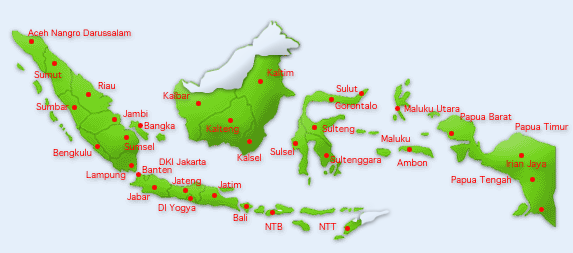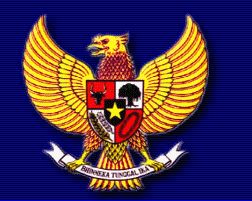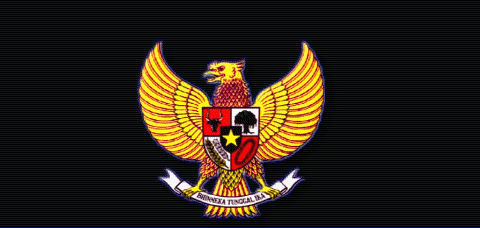Curriculum
Standards
This lesson is based on the Louisiana
Content Standards, as follows:
BENCHMARKS 9-12
As students in Grades 9-12 extend and refine
their knowledge, what they know and are able to do includes:
A. The World in Spatial Terms
G-1A-H1 using geographic representations,
tools, and technologies to explain, analyze, and solve geographic problems;
(1, 2, 3, 4)
G-1A-H2 organizing geographic information
and answering complex questions by formulating mental maps of places and
regions; (1, 2, 3, 4)
B. Places and Regions
-
G-1B-H1 determining how location and social,
cultural, and economic processes affect the features and significance of
places; (1, 2, 3, 4)
-
G-1B-H2 analyzing the ways in which physical
and human characteristics of places and regions have affected historic
events; (1, 2, 3, 4)
-
G-1B-H3 analyzing the various ways in which
physical and human regions are structured and interconnected; (1, 2, 3,
4)
-
G-1B-H4 explaining and evaluating the importance
of places and regions to cultural identity; (1, 2, 3, 4, 5)
C. Physical and Human Systems
-
G-1C-H1 analyzing the ways in which Earth’s
dynamic and interactive physical processes affect different regions of
the world; (1, 2, 3, 4)
-
G-1C-H2 determining the economic, political,
and social factors that contribute to human migration and settlement patterns
and evaluating their impact on physical and human systems; (1, 2, 3, 4)
-
G-1C-H3 analyzing trends in world population
numbers and patterns and predicting their consequences; (1, 2, 3, 4)
-
G-1C-H4 analyzing the characteristics, distribution,
and interrelationships of the world’s cultures; (1, 2, 3, 4, 5)
-
G-1C-H5 describing and evaluating spatial
distribution of economic systems and how economic systems affect regions;
(1, 3)
-
G-1C-H6 analyzing how cooperation, conflict,
and self-interests impact social, political, and economic entities on Earth;
(1, 2, 3, 4, 5)
D. Environment and Society
-
G-1D-H1 describing and evaluating the ways
in which technology has expanded the human capability to modify the physical
environment; (1, 2, 3, 4, 5)
-
G-1D-H2 examining the challenges placed on
human systems by the physical environment and formulating strategies to
deal with these challenges; (1, 2, 3, 4, 5)
-
G-1D-H3 analyzing the relationship between
natural resources and the exploration, colonization, settlement, and uses
of land in different regions of the world; (1, 2, 3, 4, 5)
-
G-1D-H4evaluating policies and programs related
to the use of natural resources; (1, 2, 3, 4, 5)
-
G-1D-H5 developing plans to solve local and
regional geographic problems related to contemporary issues. (1, 2, 3,
4, 5)
|





